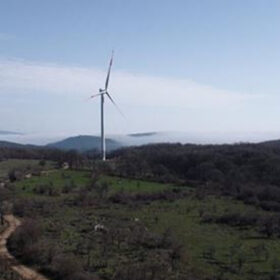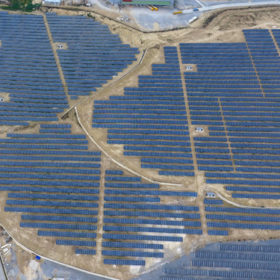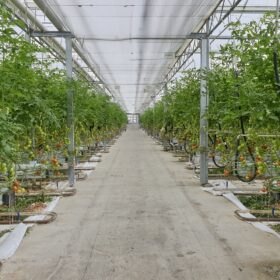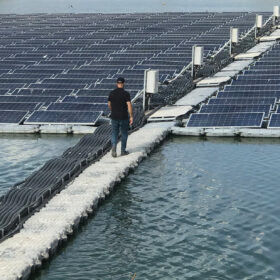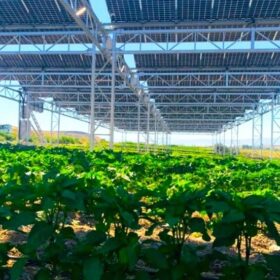Key takeaways from SolarEX, Istanbul
Import duties and domestic incentives continue to shape the Turkish solar market. Despite protectionism, there was a significant Chinese presence at the SolarEX trade fair as new manufacturers rely on Asian resources.
Asunim to build 40 MW solar project at wind farm in Turkey
Ankara-based renewable energy developer Asunim will construct the 40 MW solar plant at an existing wind power plant in northwestern Turkey. The solar-wind hybrid is expected to be completed within five months.
Turkey’s PV fleet surpasses 12 GW
Turkey’s total installed PV capacity reached 12.4 GW at the end of February. Turkish Minister of Energy and Natural Resources Alparslan Bayraktar says the country aims to add 3.5 GW of PV every year through to 2035.
Turkey introduces duties on PV module imports from 5 countries
The Turkish government has decided to impose a tariff of $25 per square meter on solar modules imported from Vietnam, Malaysia, Thailand, Croatia, and Jordan.
Sinovoltaics tracks emerging PV manufacturing hubs in Europe, North America
Sinovoltaics is studying the changes in the supply chains in manufacturing hubs in Europe and North America to determine site capacity, current and planned, for dozens of manufacturers. The results are being published in free reports.
Researchers develop hemispherical organic solar cells
A Turkish research team has tested a hemispherical shell-shaped organic active layer for photovoltaic applications. The group found the shape maximizes light absorption and angular coverage when compared to flat-structured cells, suggesting the structure would be beneficial for applications requiring flexible light capture such as wearable electronics.
New approach to integrate PV-powered heat pumps into greenhouses
Scientists have proposed to use PV energy and heat pump-driven HVAC system in greenhouses conceived to grow tomatoes in the Mediterranean area. The system was found to have a payback time of only 2.9 years in southern Spain.
Optimal tilt angle for agrivoltaic projects in Mediterranean region
Scientists in Turkey determined the optimal tilt angle for agrivoltaic projects associated with different crops in the central Mediterranean region, and other regions with similar latitude and climatic conditions.
Topography-induced shading on floating PV
Researchers in Turkey have studied the impacts of topography-induced shading on floating PV at the Ayvalı hydroelectric power plant and have identified differences between the regions with the highest and lowest electricity production potential.
Turkey launches agrivoltaics research project
Turkey’s new agrivoltaics project, under the ODTÜ-GÜNAM Center for Solar Energy Research and Applications’ Livinglab initiative, will allow researchers to test products and production processes by developing tracker systems with control algorithms specially designed for specific crops.

